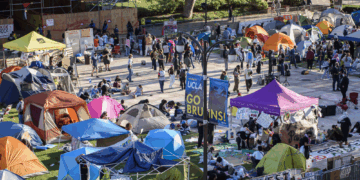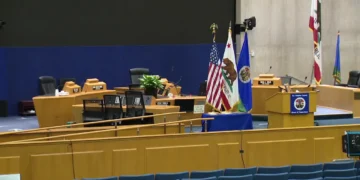Apartment completions in L.A. have declined by nearly 30% over the past three years, as rising costs, regulatory uncertainty, and investor retreat have hindered the development of new supply.
Los Angeles is facing a serious housing squeeze: despite having some of the highest rents in the nation and among the lowest vacancy rates, the pipeline for new rental apartments is collapsing.
According to CoStar data, fewer than 19,000 apartments were under construction in the quarter ending September 2025—roughly 30 percent fewer than three years ago.
Developers say the finance math simply doesn’t work in Los Angeles at scale. “It’s a needle in a haystack to find an opportunity that makes financial sense to build today,” developer Cliff Goldstein told the Los Angeles Times.
Much of the capital that formerly flowed into Los Angeles multifamily projects is being rerouted to more predictable and permissive markets. As one developer put it, “L.A. has been redlined by the majority of the investment community.”
Regulatory headwinds add to the drag. The City of Los Angeles’ Measure ULA imposes steep transfer taxes on large real estate transactions, and new rent control proposals, along with rising wage mandates, contribute to investor unease.
Meanwhile, rising costs for materials—steel up roughly 9 percent and copper wire up roughly 14 percent in the past year—and tighter labor availability further erode margins.
The result: new rentals must command monthly rents of $4,000-$ 5,000 just to break even in many new projects. That effectively rules out most middle-income renters. Many are forced to move farther from job centers, exacerbating commuting burdens and inequities in access to opportunity.
Still, demand remains solid. Los Angeles County’s vacancy rate hovers around 5 percent, well below the national average. JPMorgan projects that the vacancy rate will stabilize at roughly 4.4 percent by year-end.
But the longer Los Angeles allows its development engine to stall, the greater the risk of cementing a permanent affordability crisis.
Without bold policy reforms and incentives to lure institutional capital back into the market, the city’s renters may find themselves locked into shrinking choices and ever-escalating rents.


























